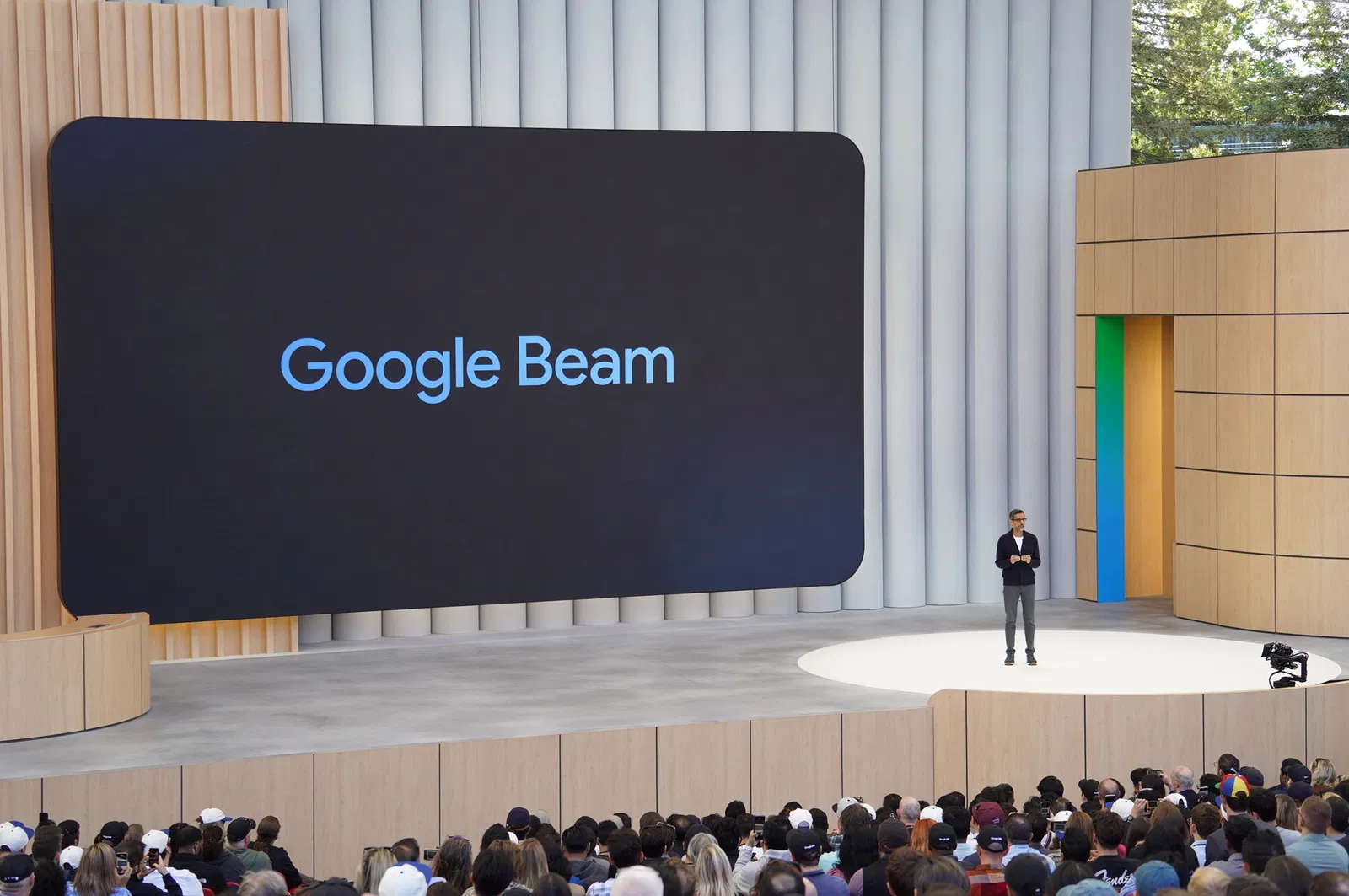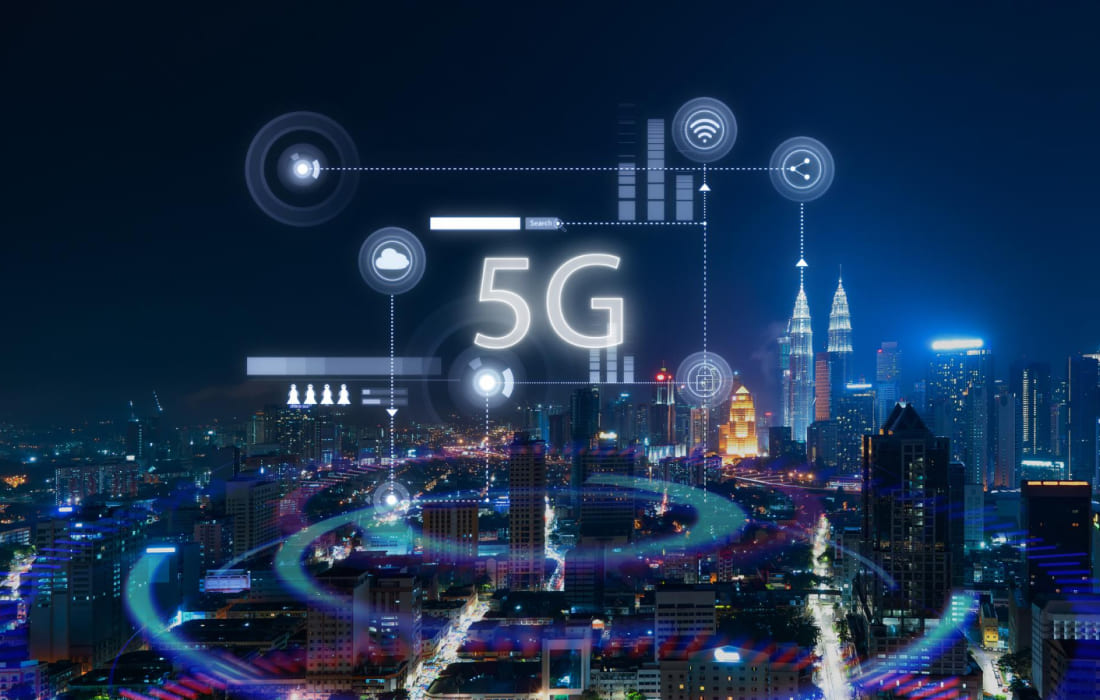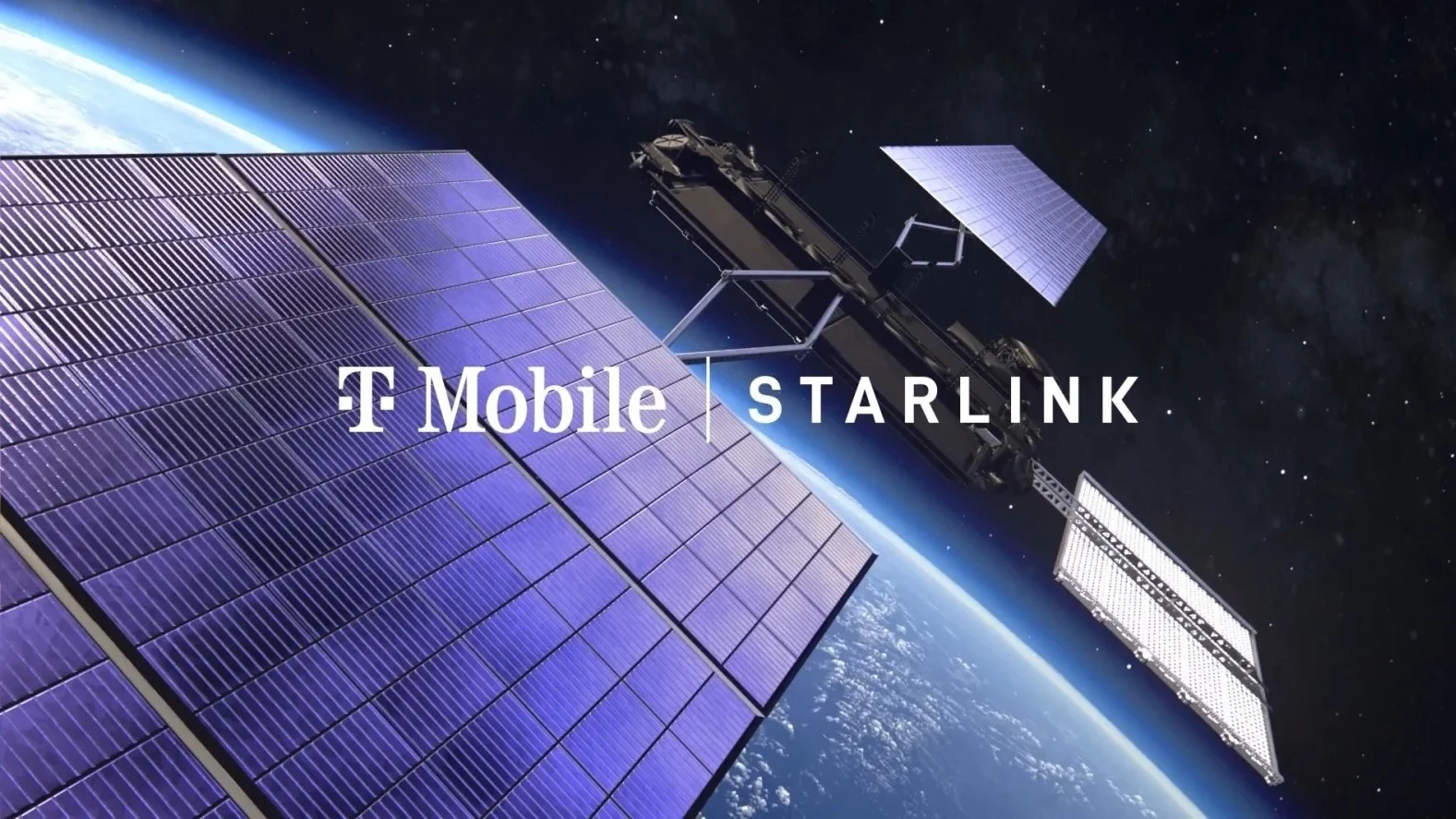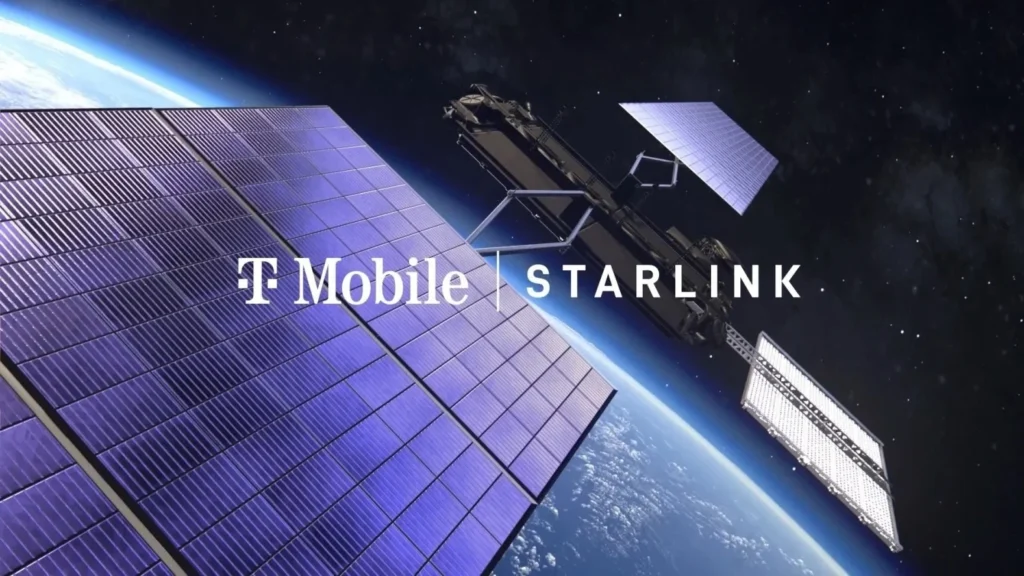Imagine joining a virtual meeting where your colleague appears so lifelike, it feels like they’re sitting across the table. Google Beam, unveiled at Google I/O 2025, makes this a reality with its groundbreaking AI-first 3D video communication platform. By blending artificial intelligence with six high-precision cameras, Google Beam delivers a 3D-like experience that redefines remote collaboration. Let’s dive into how this innovation is set to transform virtual meetings and why it’s creating buzz worldwide.
What Is Google Beam?
Google Beam, originally known as Project Starline, is an AI-powered video conferencing platform designed to make virtual interactions feel face-to-face. It uses six cameras to capture users from multiple angles, with AI rendering these inputs into a real-time, 60fps 3D display. This creates a lifelike presence, allowing you to pick up subtle cues like eye contact and gestures. Unlike traditional 2D video calls, Beam’s light field display technology delivers depth and realism, making conversations more engaging.
The platform, set to launch later in 2025, promises to bridge the gap between physical and virtual interactions. It’s a game-changer for businesses, remote teams, and even personal connections, offering a seamless, immersive experience.
Why Google Beam Stands Out
Google Beam isn’t just another video conferencing tool—it’s a leap toward humanizing digital communication. Its AI-driven rendering ensures smooth, realistic visuals, even on standard internet connections. The platform’s ability to maintain eye contact and capture nuanced expressions sets it apart from competitors like Zoom or Microsoft Teams.
Moreover, Beam’s focus on accessibility makes it appealing to a global audience. It doesn’t require specialized hardware beyond its camera setup, meaning businesses of all sizes can adopt it. This democratization of advanced tech positions Google Beam as a leader in the evolving landscape of virtual collaboration.
Key Features Driving the Hype
Google Beam’s cutting-edge features are sparking excitement across the tech world. Here’s what makes it a trending topic:
- Real-Time 3D Rendering: Six cameras capture your movements, while AI processes them into a 3D image at 60 frames per second, ensuring fluid, lifelike visuals.
- Light Field Display: This technology creates depth, making participants appear as if they’re in the same room, enhancing emotional connection.
- AI-Powered Precision: Google’s advanced AI video model refines visuals, minimizing lag and optimizing quality for natural interactions.
- Global Scalability: Designed for seamless integration, Beam supports hybrid work environments, connecting teams across continents.
These features make Google Beam a must-watch innovation, especially for tech enthusiasts and businesses embracing hybrid work models.
Impact on Global Connectivity
In a world where remote work and global collaboration are the norm, Google Beam addresses a critical need: meaningful human connection. Traditional video calls often feel flat, but Beam’s 3D immersion fosters authentic interactions. For instance, a design team in New York can brainstorm with developers in Tokyo, feeling as if they’re sharing the same space.
This technology also has potential beyond workplaces. Imagine families reconnecting across continents or educators delivering immersive virtual classes. By making virtual presence feel real, Google Beam is poised to reshape how we connect in a digital age.
Challenges and Considerations
While Google Beam is generating buzz, it’s not without challenges. The reliance on six cameras may raise concerns about setup complexity and cost, though Google emphasizes accessibility. Additionally, privacy-conscious users might question how AI processes and stores video data. Google has yet to fully address these concerns, but its track record suggests a focus on secure, user-friendly solutions.
Another consideration is market competition. Platforms like Cisco’s Webex Hologram are also exploring 3D conferencing, but Google’s AI expertise gives Beam an edge. Staying ahead will depend on delivering a polished, scalable product by its 2025 launch.
Why Google Beam Is Trending
Google Beam is capturing attention because it taps into the growing demand for immersive, AI-driven solutions. Posts on X highlight its transformative potential, with users calling it “a new era for video calls” and “mind-blowing tech.” The buzz from Google I/O 2025, where Beam was a standout announcement, has amplified its visibility, making it a hot topic for tech news sites like GTPulse.
Its appeal lies in its blend of innovation and practicality. By addressing the emotional disconnect of virtual meetings, Beam resonates with professionals and casual users alike. This universal relevance ensures it ranks high in Google searches, especially with keywords like “AI video communication” and “3D video calls.”
What’s Next for Google Beam?
As Google Beam prepares for its 2025 rollout, the tech world is watching closely. Will it redefine virtual meetings, or will adoption hurdles slow its rise? Early demos suggest a polished product, but real-world performance will be key. For now, Google Beam is a shining example of how AI can enhance human connection, making it a perfect fit for GTPulse’s mission to cover trending tech innovations.
Stay tuned for updates as Google Beam rolls out, and get ready to experience video calls like never before.











